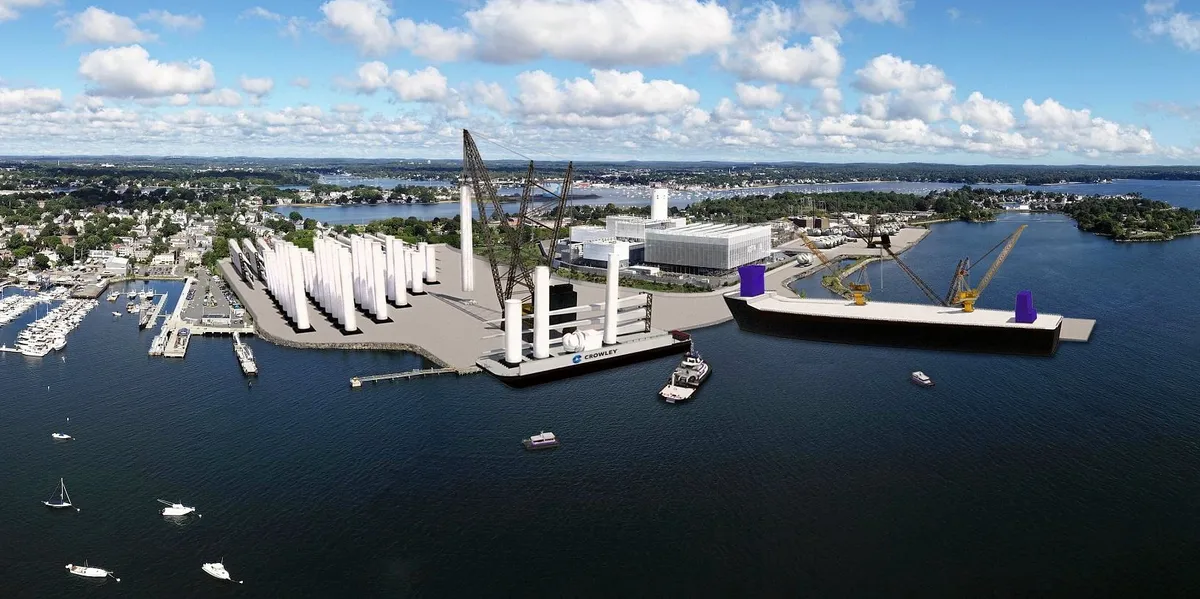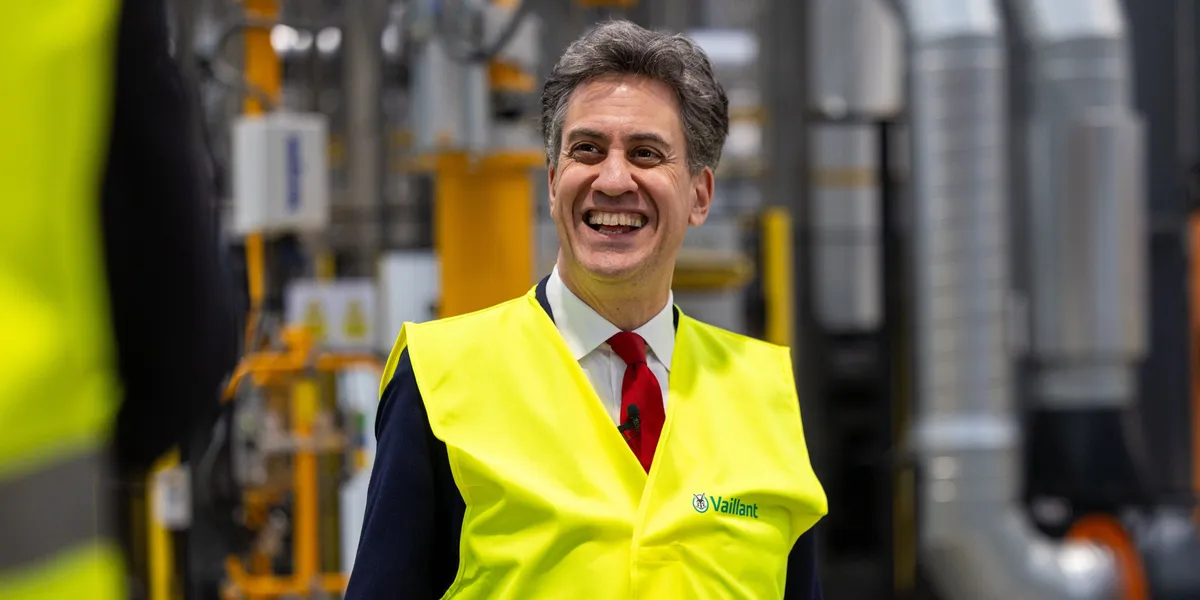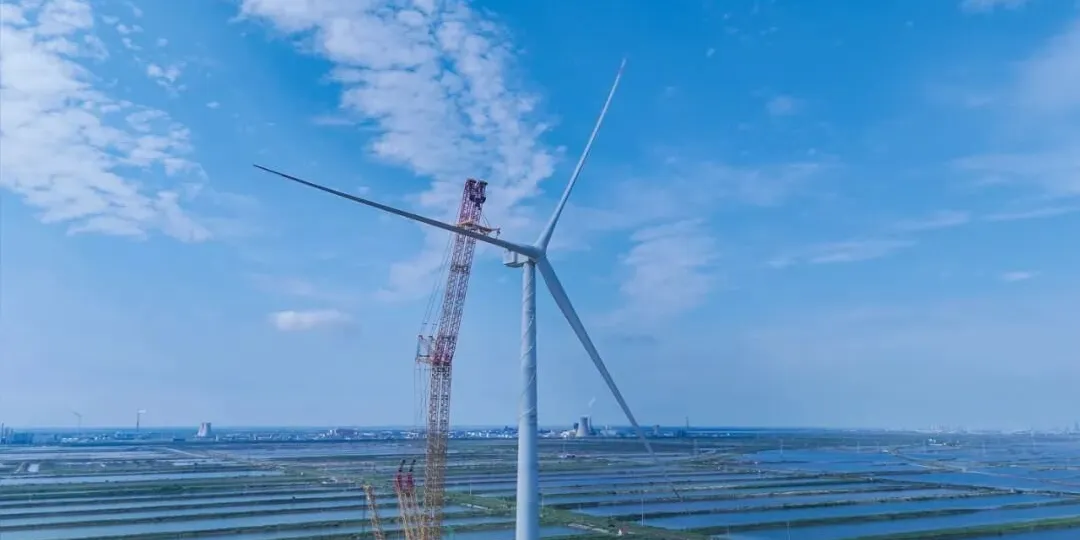Texas is seeing a sharp rise in cancellations of renewable energy and battery storage projects, signaling a potential slowdown in what has been one of the fastest-growing clean energy markets in the country.
According to new analysis from the Institute for Energy Research (IER), developers shelved or canceled more than 9 gigawatts (GW) of projects over the last two months—a torrid pace that is unprecedented outside of the early days of the COVID-19 pandemic.
The report, based on data from the Electric Reliability Council of Texas (ERCOT), revealed that battery storage has been hit the hardest. 4 GW of battery projects were canceled, along with 3.5 GW of solar farms and nearly 2 GW of natural gas plants. IER attributed the surge in cancellations to a mix of policy headwinds, trade uncertainty, and shifting investment signals.
Tariffs, New Legislation Cast a Shadow
Chief among the factors is the renewed trade tension with China, as the Trump administration has reinstated and expanded tariffs on imported solar panels and battery components—most of which originate in China. Battery storage projects, which rely almost entirely on Chinese-made cells, have become particularly vulnerable. The report notes that the uncertainty around these tariffs has led many developers to pause or abandon their plans.
As global trade dynamics shift, multinational tariffs are increasingly disrupting the financial landscape of renewable energy projects. From solar panels and wind turbines to battery storage systems, import tariffs are driving up capital expenditures, complicating deal structures, and introducing new risks for both debt and equity participants. Join a Factor This-hosted webinar on July 30, 2025, for a timely and in-depth discussion on how evolving trade policies are affecting project bankability, investment structures, and long-term returns in the renewable energy sector.
Adding to the uncertainty is the status of federal clean energy tax credits established under the 2022 Inflation Reduction Act (IRA), enacted under President Joe Biden. Most recently, President Donald Trump’s One Big Beautiful Bill Act (OBBBA), a sweeping legislative package signed into law on Independence Day, seeks to reshape U.S. energy and industrial policy and would largely eliminate the IRA’s subsidies for wind and solar.
Clean energy advocates say this could trigger up to $50 billion in lost solar investment in Texas alone, according to the Solar Energy Industries Association (SEIA).
“Even smaller developers are starting to cancel projects since they are likely to be the most sensitive to uncertainty,” IER said.
While clean energy developers have faced new obstacles, Texas state lawmakers have moved to boost natural gas generation. Lawmakers recently expanded the Texas Energy Fund by $5 billion to support up to 10 GW of new gas-fired capacity through low-interest loans. Though some “anti-renewable” bills failed to pass the legislature, IER noted the overall policy direction appears to favor dispatchable thermal power to help manage the variability of wind and solar.
The Texas Public Policy Foundation, a conservative think tank, has also turned up the heat on renewables, claiming that their intermittency adds $2 billion annually in costs to the grid. Critics argue this ignores the broader market benefits of clean energy and the falling costs of solar and battery technologies.
Grid Reliability Improves, Despite Setbacks
Ironically, even as projects are being canceled, ERCOT’s grid reliability is improving.
ERCOT CEO Pablo Vegas last month said the state added more than 9,600 megawatts (MW) of capacity over the past year, mostly solar (5,400 MW) and battery storage (3,800 MW). Texas lost a net of more than 360 MW of gas-powered capacity in the same span.
Vegas credited better planning and this surge of new capacity for a dramatic drop in the risk of grid emergencies. After a series of summer reliability scares in 2022 and 2023, ERCOT did not issue a general conservation alert in 2024. For 2025, the risk of a peak-hour emergency has fallen from 16% to under 1%, according to ERCOT projections.
“The state of the grid is strong,” Vegas told ERCOT’s board in June. “It is as reliable as it has ever been… I feel confident that we are ready for this upcoming summer season.”
In fact, Texas recently broke new records for both overall electricity demand and battery deployment during a recent heatwave. Last Friday evening, batteries delivered more than 6 GW of power to the grid during peak hours, a testament to how far the state’s storage fleet has come.
Independent power producer Lydian Energy also announced it secured $233 million in financing for three new battery energy storage systems (BESS) in the ERCOT region, signaling that some developers remain bullish on the market despite the policy upheaval.
ERCOT remains one of the most dynamic power markets in the country, and what happens there often sets the tone for national trends. However, IER pointed out that developers tend to keep non-viable projects on the books for years, making the recent wave of outright cancellations — 4.5 GW in April and 4 GW in May — even more significant.
“Texas, the state with the most renewable energy, may be an early indicator of renewable cancellations that could arise in the rest of the country,” IER said.
While some analysts warn this could be the start of a national cooling-off period for clean energy development, others argue that Texas’s market fundamentals remain intact. The state’s electricity demand is projected to grow by 70% by 2031, driven largely by data center development and population growth.
Whether that demand will be met by renewables, natural gas or a blend of both remains an open question.








